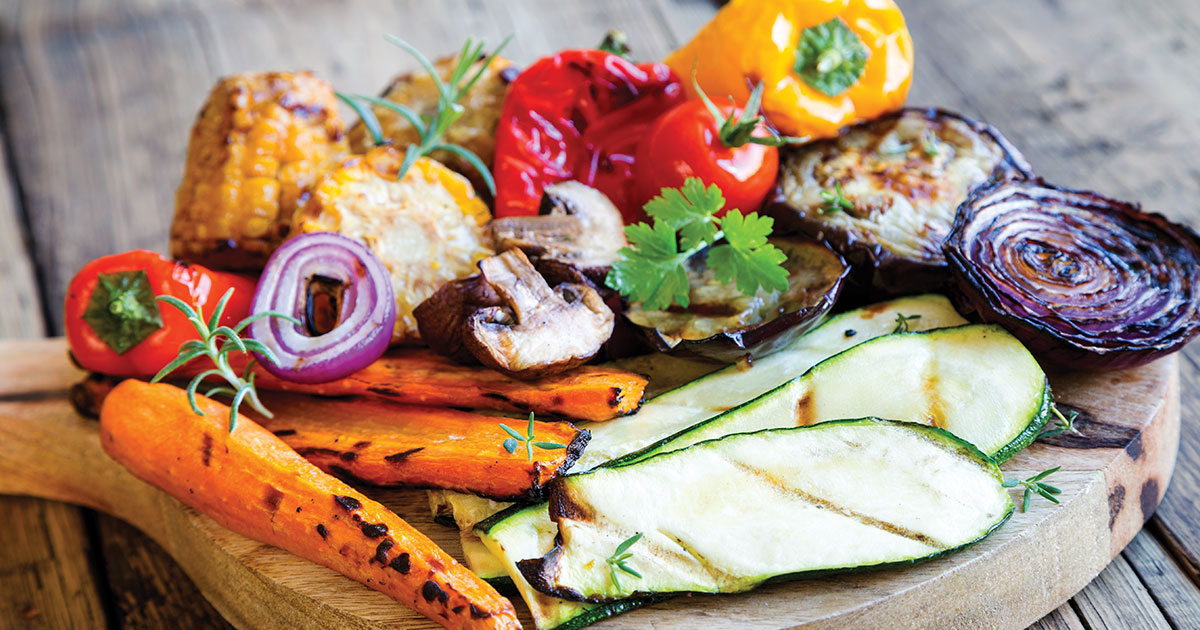“No race can prosper until it learns there is as much dignity in tilling a field as in writing a poem.” — Booker T. Washington.
“Agriculture is our wisest pursuit, because it will in the end contribute most to real wealth, good morals, and happiness.” — Thomas Jefferson.
“When tillage begins, other arts follow. The farmers, therefore, are the founders of human civilization.” — Daniel Webster
These quotes represent the respect and gratitude that the farmer has garnered through the years. It is an occupation born of hard work and dedication. However, it is also, at times, a thankless endeavor that we all seem to forget the need for. Farming is a legacy that continues today, but most of the time, at a much smaller level, than in years past.
Outside of large government-controlled farms, many of today’s farmers are small, local farms that produce for the community and surrounding areas. In fact, many are represented at the local farmers markets in select locations throughout these communities. In fact, there are numerous such farmers markets all over the country.
To examine the popularity of these farmers markets, one must just look at the number of markets that reside in states from coast-to-coast. In 2010, California tops the list with a whopping 580 farmers markets. Next on the list is New York with 461 followed by Illinois and Michigan, with 286 and 271, respectively. North Carolina comes in at number 10 on the list with 182 markets to its credit. In 2019, the number of farmers markets grew to more than 8,600 nationwide.
A recent report by the Farmers Market Coalition (FMC) stated, “Farmers markets provide one of the only low-barrier entry points for new farmers, ranchers, and food entrepreneurs, allowing them to start small and test new products. According to the 2017 National Young Farmers Coalition survey, farmers markets and CSAs (community supported agriculture) represented the marketing channel with the highest proportion of new and beginning farmers’ sales. This support is incredibly important, as there are currently 3.5 times as many U.S. farmers over the age of 65 as there are under 35. Many successful national brands got their start at farmers markets, including Hodo Foods, Dave’s Killer Bread, and Blue Bottle Coffee.”
On this same report, the FMC reported that, “Farmers and ranchers receive only 15 cents of every food dollar that consumers spend at traditional food outlets. At a farmers market, 100% of your food dollar goes to your local farmer.” It is these kinds of statistics that make a trip to your nearest farmers market seem much more appealing than the local grocer alternative. It is, quite simply, a community supporting its own community.
Although farmers markets are becoming staples of local communities, it is the personalities and stories of the various vendors that make up these markets that this column will focus on. From the local beekeeper to the seasonal fruits and vegetable growers, this column will tell their stories, reveal their farming histories, and inform readers what led them to this world of small farming and to be a vendor in their farmers market. This feature will give a face and a voice to this growing community.
Masanobu Fukuoka once said, “The ultimate goal of farming is not the growing of crops, but the cultivation and perfection of human beings.” In a less than perfect world, not everyone is meant to be farmers. We all have our own skills and talents that add to the world we live in. However, we can all learn from the bounty we each receive when we take the time and effort to visit the community staple known as the farmers market.





















